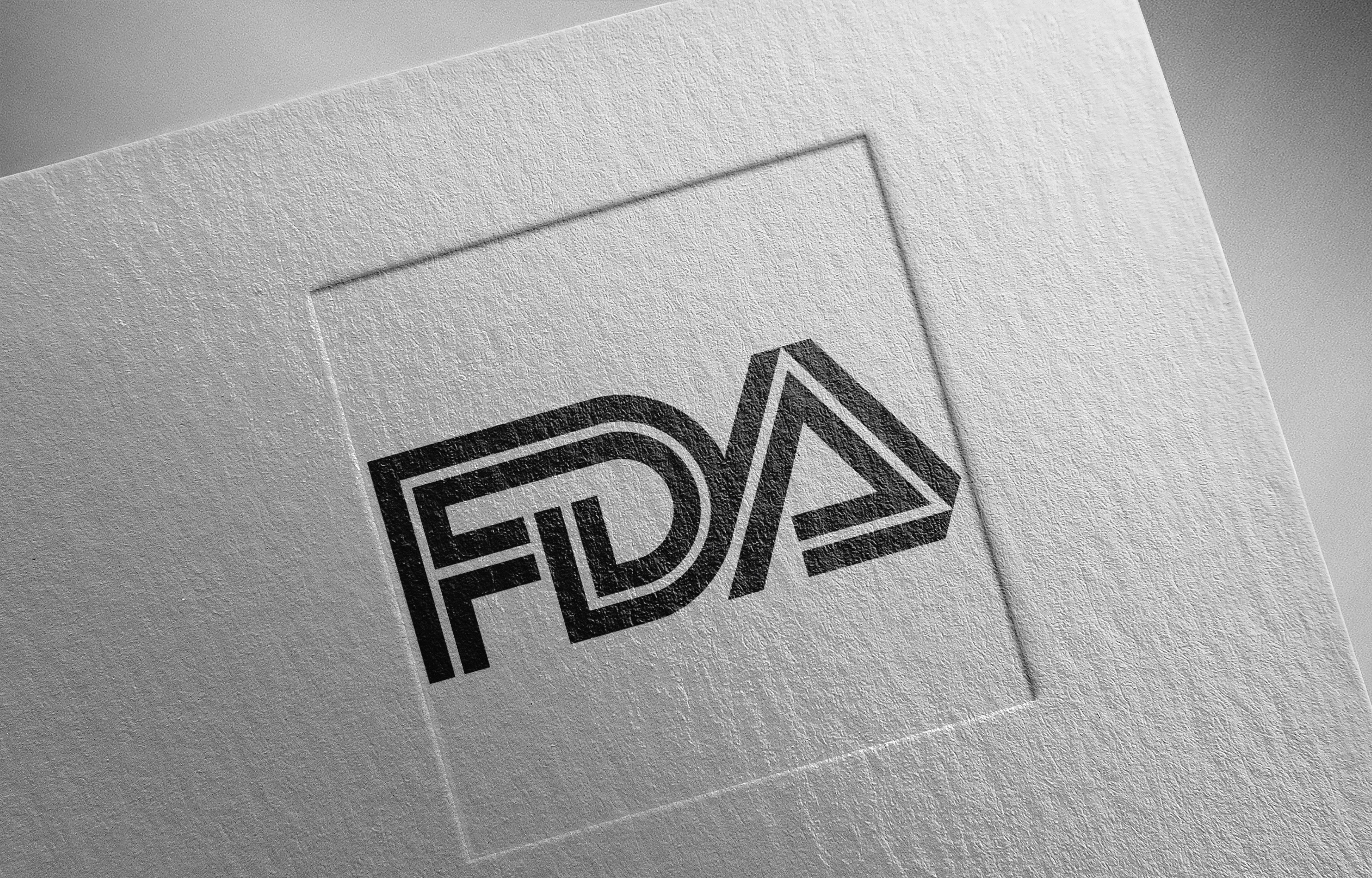Article
FDA Approves Opdivo-Yervoy Combination for Melanoma
Author(s):
The combination was approved for patients with BRAF V600 wild-type unresectable or metastatic melanoma, based on results from a phase 2 study.
The FDA has granted an accelerated approval to the combination of Opdivo (nivolumab) and Yervoy (ipilimumab) as a treatment for patients with BRAF V600 wild-type unresectable or metastatic melanoma, based on findings from the phase 2 CheckMate-069 study.
In the double-blind study, the PD-1 inhibitor Opdivo plus the CTLA-4 inhibitor Yervoy reduced the risk of progression or death by 60 percent compared with Yervoy alone. With the combination, the objective response rate (ORR) was 60 percent compared with 11 percent with Yervoy alone in patients with BRAF wild-type melanoma.
The accelerated approval marks the first for an immunotherapy combination for patients with cancer, with an application for full approval pending with the FDA. This submission was based on the phase 3 CheckMate-067 study, which showed a 59 percent reduction in the risk of progression or death with the combination versus Yervoy alone. The FDA is scheduled to make a decision on this application by January 23.
“We are currently witnessing a turning point in cancer history, based on the significant impact immuno-oncology is making in the lives of patients with metastatic melanoma,” Tim Turnham, executive director, Melanoma Research Foundation, said in a statement. “Today’s approval of the first regimen of two immuno-oncology agents, Opdivo and Yervoy, is an exciting moment for our community because it reinforces we are on a positive path forward, providing new approaches which translate into meaningful results for patients.”
In the CheckMate-069 trial, 142 treatment-naïve patients with stage 3/4 melanoma were randomized in a two-to-one ratio to 3 mg/kg of Yervoy plus 1 mg/kg of Opdivo (95 patients) or placebo (47 patients) once every three weeks for four doses, followed by Opdivo at the same dose or placebo every two weeks until disease progression or unacceptable toxicity. Median patient age was 65 years, two-thirds of patients were males, and all but two patients had an ECOG performance status of 0 or 1.
Among patients with BRAF wild-type tumors (109 patients), median PFS was 8.9 months in the Opdivo/Yervoy group (72 patients) versus 4.7 months in the Yervoy arm (37 patients). In the study, similar PFS data were observed among patients with BRAF-positive melanoma (33 patients), at 8.5 versus 2.7 months in the combination (23 patients) and control (10 patients) arms, respectively.
The complete response rate with the combination was 17 percent versus none with monotherapy for patients with BRAF wild-type melanoma. Moreover, ORR with the combination was found to be independent of PD-L1 status. In PD-L1—positive and –negative tumors, respectively, ORR was 58 percent and 55 percent with Opdivo/Yervoy. In BRAF-positive patients, ORR was 52 percent versus 10 percent with the two-drug regimen versus monotherapy.
At six months, 79 percent of patients in the combination arm continued to respond to treatment. Of these patients, the median duration of response was less than nine months for 14 and greater than nine months for 20. The remaining nine patients had a duration of response ranging from three to seven months.
Rates of all-grade adverse events (AEs) were similar between the combination and monotherapy arms at 91 percent and 93 percent, respectively. Serious AEs occurred in 62 percent of patients treated with the combination versus 39 percent with single-agent Yervoy. AEs leading to discontinuation were more common with the combination (43 percent vs 11 percent). Grade 3/4 AEs occurred in 69 percent of patients with the combination and in 43 percent for the monotherapy.
The most frequently observed AEs with the combination versus the single-agent were colitis (17 percent vs 9 percent), diarrhea (9 percent vs 7 percent), pyrexia (6 percent vs 7 percent), and pneumonitis (5 percent vs 0). The most common AEs with the combination versus the single-agent, respectively, were rash (67 percent vs 57 percent), pruritus (37 percent vs 26 percent), headache (24 percent vs 20 percent), vomiting (23 percent vs 15 percent) and colitis (22 percent vs 11 percent).
“Historically, metastatic melanoma has been a difficult disease to treat. Now, a new treatment option based on the combination of two valued immuno-oncology agents demonstrates significant efficacy versus Yervoy in metastatic melanoma,” Jedd D. Wolchok, chief, Melanoma and Immunotherapeutics Service, Department of Medicine and Ludwig Center at Memorial Sloan Kettering Cancer Center, said in a statement. “Today’s approval represents a step forward for the melanoma community, providing hope for patients with metastatic melanoma.”
Opdivo and Yervoy are each FDA-approved as single-agents for the treatment of patients with unresectable or metastatic melanoma. In addition to melanoma, the FDA approved Opdivo in March 2015 as a treatment for patients with metastatic squamous non-small cell lung cancer following a platinum-based chemotherapy.
Hodi FS, Postow MA, Chesney J, et al. Improved clinical response in patients with advanced melanoma treated with nivolumab combined with ipilimumab compared to ipilimumab alone. Presented at: 2015 AACR Annual Meeting; April 18-22; Philadelphia, PA. Abstract 4214.




